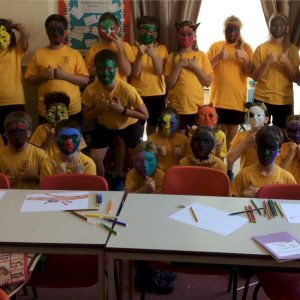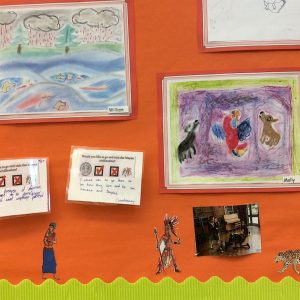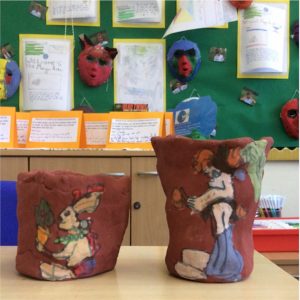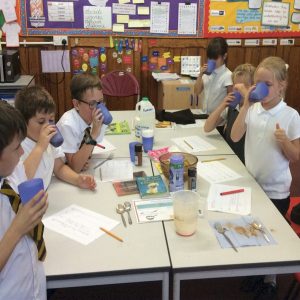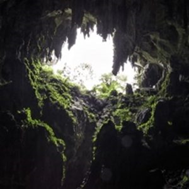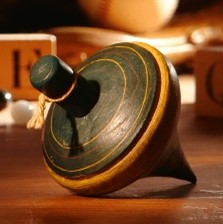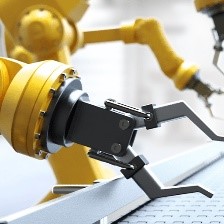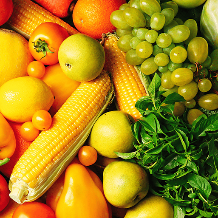
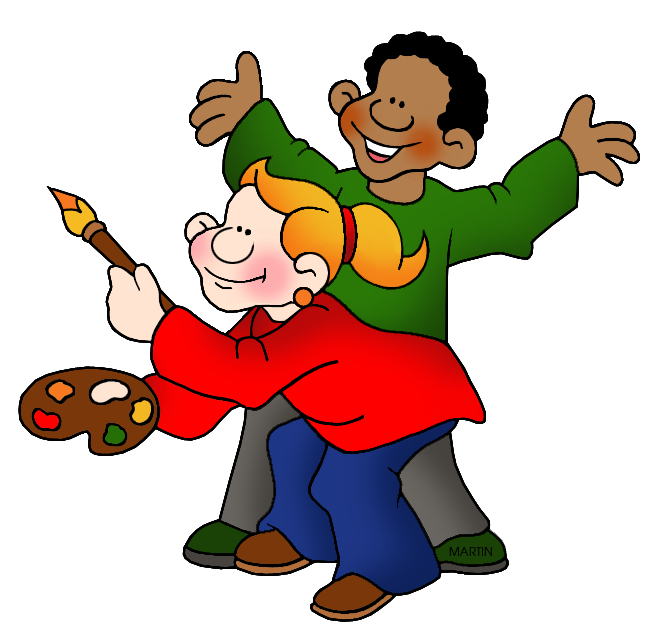 The art and design projects are well sequenced to provide a coherent subject scheme that develops children’s skills and knowledge of visual elements, art forms, artists and art movements.
The art and design projects are well sequenced to provide a coherent subject scheme that develops children’s skills and knowledge of visual elements, art forms, artists and art movements.
Projects are placed alongside other subject projects where there are opportunities for making meaningful connections. For example, Beautiful Botanicals has been placed in the same teaching sequence as the science project Plant Nutrition and Reproduction.
Where possible, projects with similar materials are spaced out to have as little strain on resources as possible. For example, in Key Stage 1, clay work is taught in different terms.
Seasons are also a consideration for the placement of art and design projects. For example, if children are required to work outdoors, these projects have been placed in either the latter part of the spring or summer term.
Lower Key Stage 2
In Lower Key Stage 2, each autumn term begins with essential skills and knowledge projects (Colour Theory in Year 3 and Warm and Cool Colours in Year 4). Teaching these projects enables children to build on their previous understanding of colour and further develop their expertise by studying tertiary, analogous and complementary colours with many opportunities for the children to explore warm and cool colours.
In Year 3, children expand their experiences to study a broader range of art forms, artists and genres. They also begin to study art from specific and diverse periods of history, including prehistoric pottery and Roman mosaics. Other genres studied in Year 3 build on previous techniques learned in Key Stage 1 and include more
complex techniques in printmaking, drawing, painting and textiles.
In Year 4, children develop more specialised techniques in drawing, painting, printmaking and sculpture. They explore ways in which ancient cultures have influenced art and crafts by studying, for example, medieval weaving techniques and the religious significance of Islamic art.
Upper Key Stage 2
In Upper Key Stage 2, each autumn term begins with essential skills and knowledge projects (Colour in Landscapes in Year 5 and Colour and Style in Year 6). Teaching these projects enables children to build on their previous understanding of colour theory and develop further expertise with colour by studying tints, shades and tones and more complex colour palettes.
In Year 5, children develop and combine more complex artistic techniques in a range of genres, including drawing, painting, printmaking and sculpture. Children continue to build on their understanding of other historical periods and cultures by studying the ancient Chinese art form of taotie and the significance of the Expressionist movement.
In Year 6, children are encouraged to work more independently in projects like Environmental Artists and Distortion and Abstraction. Such projects require them to consider more conceptual representations of personal, environmental, social or political messaging. Children explore diversity in art by studying the projects Inuit and Trailblazers, Barrier Breakers.
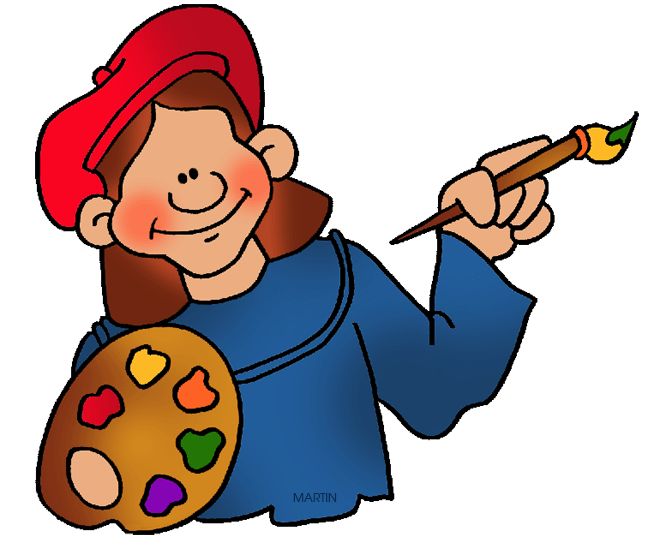 At Sandhurst Primary, Art and Design is taught through carefully selected topics as outlined below. The choice of topic ensures full coverage of the national curriculum with ample opportunities for pupils to learn about artist from a wide array of geographical and historical backgrounds. We have several highly skilled members of staff who can provide quality teaching of art and design. They provide support across the whole school to ensure teaching of Art and Design is delivered to the very best standard. This expectation is transferred from teacher to pupil as children are taught to take care and to feel proud of their artwork.
At Sandhurst Primary, Art and Design is taught through carefully selected topics as outlined below. The choice of topic ensures full coverage of the national curriculum with ample opportunities for pupils to learn about artist from a wide array of geographical and historical backgrounds. We have several highly skilled members of staff who can provide quality teaching of art and design. They provide support across the whole school to ensure teaching of Art and Design is delivered to the very best standard. This expectation is transferred from teacher to pupil as children are taught to take care and to feel proud of their artwork.
Year 1
| Year 1 | |||
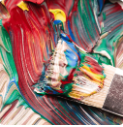
Mixing Colours This project teaches children about basic colour theory by studying the colour wheel and colour mixing. It includes an exploration of primary and secondary colours and how artists use colour in their artwork. |
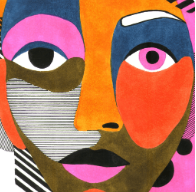 Funny Faces and Fabulous Features Funny Faces and Fabulous Features
This project teaches children about the concept of the portrait and how the collage technique can be used to make a portrait. |
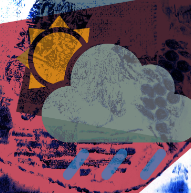 Rain and Sunrays Rain and Sunrays
This project teaches children about collagraph printing, including how to develop a motif to make single and repeated prints. |
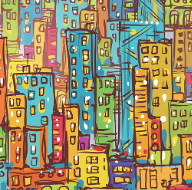 Street View Street View
This project teaches children about artwork depicting streets and buildings and focuses on the work of the American pop artist, James Rizzi. They create a 3-D mural based on Rizzi's work. |
Year 2
| Year 2 | |||
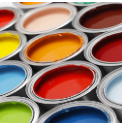 Exploring Colours Exploring Colours
This project teaches children about colour theory by studying the colour wheel and colour mixing. It includes an exploration of primary and secondary colours, hues and how artists use colour in their artwork. |
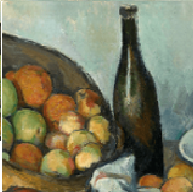 Still Life Still Life
This project teaches children about the work of significant still life artists and still life techniques. They explore a wide variety of still lifes and learn about the use of colour and composition. They create still life arrangements and artwork. |
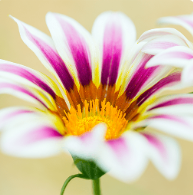 Flower Head Flower Head
This project teaches children about the visual elements of flowers, including shape, texture, colour, pattern and form. They also explore various artistic methods, including drawing, printmaking and 3-D forms, using paper and clay. |
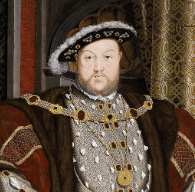 Portraits and Poses Portraits and Poses
This project teaches children about portraiture. They analyse the portraits of Tudor monarchs and compare Tudor portraits and selfies today. They use photo editing software to create royal portraits. |
Year 3
| Year 3 | |||||
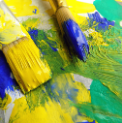 Colour Theory Colour Theory
This project teaches children about colour theory by studying the colour wheel and colour mixing. It includes an exploration of tertiary colours, warm and cool colours, complementary colours, analogous colours and how artists use colour in their artwork. |
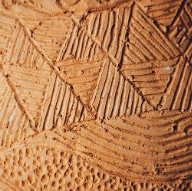 Prehistoric Pots This project teaches children about Bell Beaker pottery. It allows the children to explore different clay techniques, which they use to make and decorate a Bell Beaker-style pot. |
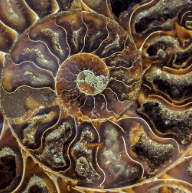 Ammonite This project teaches children about artistic techniques used in sketching, printmaking and sculpture. |
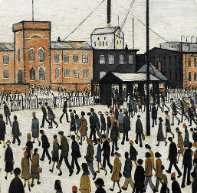 People and Places This project teaches children about the genre of figure drawing. They study the figure drawings and urban landscapes of the artist LS Lowry and create artwork in his style to show scenes from their school. |
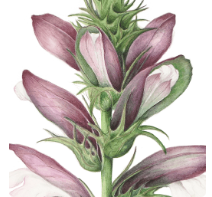 Beautiful Botanicals This project teaches children about the genre of botanical art. They create natural weavings, two-colour prints and beautiful and detailed botanical paintings of fruit. |
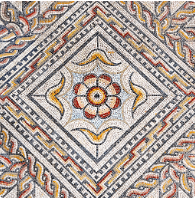 Mosaic Masters This project teaches children about the history of mosaics, before focusing on the colours, patterns and themes found in Roman mosaic. The children learn techniques to help them design and make a mosaic border tile. |
Year 4
| Year 4 | |||||
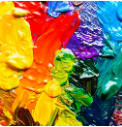 Warm and Cool Colours Warm and Cool Colours
This project teaches children about colour theory by studying the colour wheel and colour mixing. It includes an exploration of warm and cool colours, Aboriginal art and how artists use colour in their artwork. |
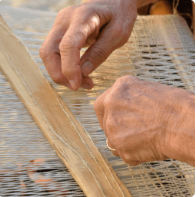 Warp and Weft Warp and Weft
This project teaches children about the artform of weaving and how it has developed over time, including the materials and techniques required to create woven patterns and products. |
 Vista Vista
This project teaches children about the techniques that artists use when composing landscape images, such as colour and atmosphere. |
 Animal Animal
This project teaches children about the historical and cultural portrayal of animals in art. They study the visual qualities of animals through sketching, printmaking and clay modelling. |
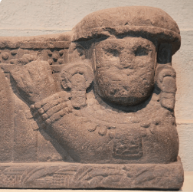 Statues, Statuettes and Figurines Statues, Statuettes and Figurines
This project teaches children about the 3-D representation of the human form, including statues, statuettes and figurines. They study examples from ancient civilisations, and use their clay skills to create a Sumer-style figurine. |
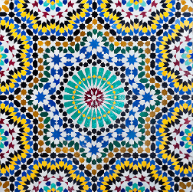 Islamic Art Islamic Art
This project teaches children about the features of Islamic art. They make geometric patterns and motifs on paper, with fabric and in clay. They use their learning to create a high relief clay tile, decorated with geometric patterns. |
Year 5
| Year 5 | |||||
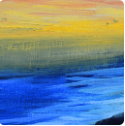 Colour in Landscapes Colour in Landscapes
This project teaches children about colour theory by studying the colour wheel and exploring mixing tints, shades and tones. They learn about significant landscape artworks and features of landscapes before using this knowledge to create landscape paintings. |
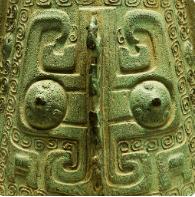 Taotie Taotie
This project teaches children about the significance and art of the taotie motif, including ancient and contemporary casting methods. |
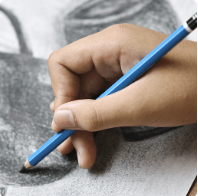 Line, Light and Shadows Line, Light and Shadows
This project teaches children about the visual qualities of line, light and shadow. They explore the work of Pablo Picasso and Rembrandt and are introduced to a range of shading techniques. They take black and white photographs and use pencil, pen and ink wash to reimagine their photographs in a shaded drawing. |
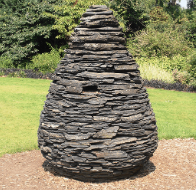 Natures Art Natures Art
This project teaches children about the genre of land art. They work outdoors to sketch natural forms and explore the sculptural potential of natural materials before working collaboratively to create land art installations. |
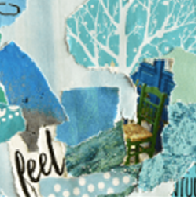 Mixed Media Mixed Media
This project teaches children about paper crafts, papermaking and collage techniques, including paper, fabric, mixed media and photo collage. They use their learning to create a final piece of small-scale, mixed media collage. |
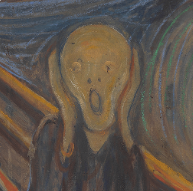 Expression Expression
This project teaches children about the Expressionist art movement and the 'Father of Expressionism', Edvard Munch. They explore different ways to portray feelings and emotions in art to create an imaginative self-portrait. |
Year 6
| Year 6 | |||||
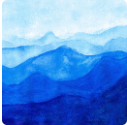 Colour and Style Colour and Style
This project revisits learning about colour theory, including primary, secondary, tertiary, complementary, analogous, warm and cool colours, hues, tints, shades and tones. They learn about the use of colour in four art movements before using this knowledge to create a painting with personal meaning. |
 Trailblazers, Barrier Breakers Trailblazers, Barrier Breakers
This project teaches children about significant black artists and their work, and provides opportunities to analyse and create artwork inspired by them. |
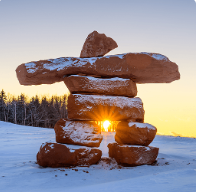 Inuit Inuit
This project teaches children about the Inuit way of life, including some of their cultural and artistic traditions. |
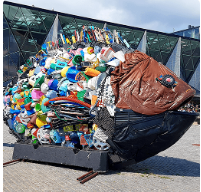 Environmental Artists Environmental Artists
This project teaches children about the genre of environmental art. They study how artists create artwork that addresses social and political issues related to the natural and urban environment. Children work collaboratively to create artwork with an environmental message. |
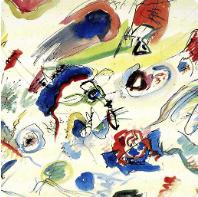 Distortion and Abstraction Distortion and Abstraction
This project teaches children about the concepts of abstraction and distortion. They study the visual characteristics of abstraction and create a musically-inspired, abstract painting. |
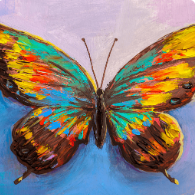 Bees, Beetles and Butterflies Bees, Beetles and Butterflies
This project teaches children about sketchbooks, observational drawing, mixed media collage and Pop Art. They consolidate their learning to make a final piece of artwork inspired by bees, beetles or butterflies. |
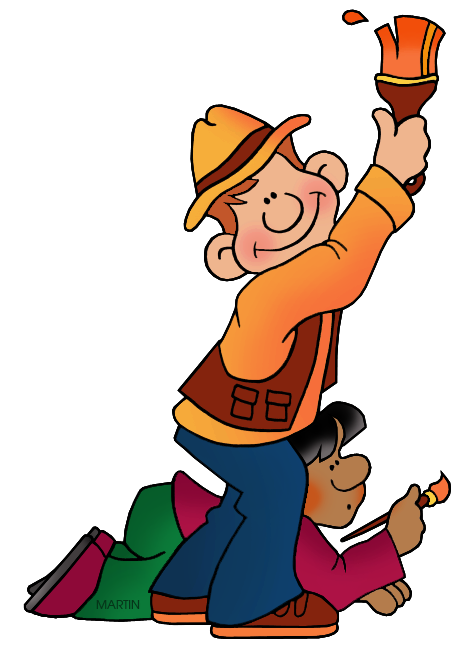 Our curriculum pedagogy is based on four distinct stages (known as the Four Cornerstones) which aim to give clear direction – through a carefully sequenced, interconnected and knowledge-rich planning sequence – for both teaching and learning:
Our curriculum pedagogy is based on four distinct stages (known as the Four Cornerstones) which aim to give clear direction – through a carefully sequenced, interconnected and knowledge-rich planning sequence – for both teaching and learning:
Engage – Develop – Innovate - Express
- Engage in memorable experiences that stimulate children’s curiosity, leading them to ask questions and talk about their prior learning.
- Develop new skills and knowledge by delving deeply into a theme, where children make links, create, explore, make, read and write.
- Innovate by returning to prior knowledge and skills so that children can use and apply these in new contexts (in and out of school).
- Express what has been learned by providing opportunities for children to reflect, test their knowledge and celebrate their achievements.
Following our Cornerstones Curriculum, we use quality-assured lesson resources, knowledge organisers, practical resources and vocabulary to further support children’s developing artistic subject knowledge. The resources contain the essential knowledge and skills that children need for each art and design topic.
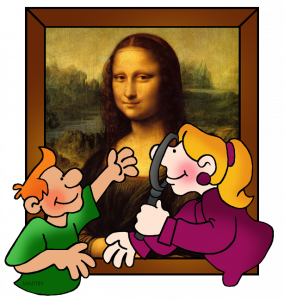
Throughout their time spent at Sandhurst Primary School, children will build year on year, their art knowledge and skills. Through a carefully structured curriculum, children will have opportunities to learn new skills and revisit previously taught ones. Teachers will make judgement upon children’s understanding through sketch book recordings, teacher observations, final pieces and classroom dialogue are used to assess the children’s understanding. Our weekly art and design lessons provide children with a relaxing, creative outlet to express their ideas whilst learning to enhance their skillset.
Possible Career Aspirations for the Future
We want our pupils to develop a love for art and as a result remind them, if they continue to aim high they could become a Professional Artist, Illustrator, Photographer, Graphic designer, Animator or choose from many other exciting professions!

Cornerstones Curriculum
We provide a creative curriculum based around the Cornerstones Curriculum, a nationally recognised approach for delivering outstanding learning opportunities for children.
What is the Cornerstones Curriculum?
The Cornerstones Curriculum is a creative and thematic approach to learning that is mapped to the Primary National Curriculum to ensure comprehensive coverage of national expectations. Our new curriculum will be delivered through Imaginative Learning Projects (ILPs) which will provide a rich menu of exciting and motivating learning activities that make creative links between all aspects of our children’s learning.
We believe children learn better when they are encouraged to use their imagination and apply their learning to engaging contexts. Our new curriculum will provide lots of learning challenges throughout the academic year that will require children to solve problems, apply themselves creatively and express their knowledge and understanding effectively across the curriculum.
Cornerstones also provide a rigorous essential skills framework that outlines the end of year expectations in all subjects. These essential skills are tied to activities and are age related so that staff can track children’s progress and identify their individual learning needs.
How it Works?
Children will progress through four stages of learning in each ILP – Engage, Develop, Innovate and Express. To find out more about these stages please click on the link through to Cornerstones website:
https://cornerstoneseducation.co.uk/why-cornerstones/
Please find downloadable PDF versions of the Information available for the Art Curriculum.
